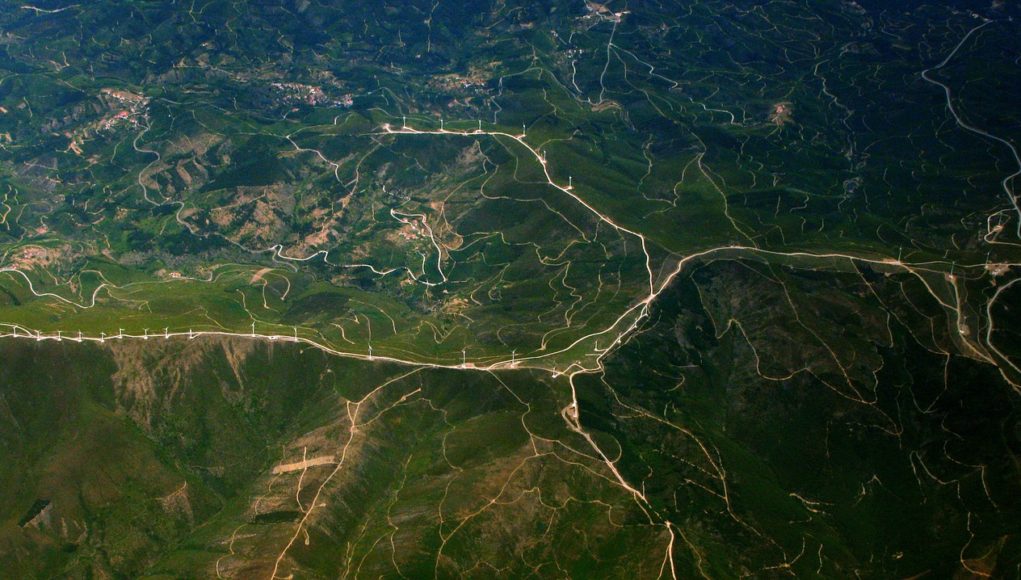Deadline: September 30, 2018 00:00 CEST| Apply here
[Oops, the opportunity has already expired. Sign up to AlphaGamma weekly newsletters to stay ahead of the game]
Eligibility: To apply, you must be at least 18 years old and an actively-enrolled student at the college or graduate level. You must also be based in a country in which Data Studio is available.
Google Cloud Visualize 2030
In collaboration with the World Bank, the United Nations Foundation, and the Global Partnership for Sustainable Development Data, Google Cloud is hosting a data storytelling contest called Visualize 2030.
Tell a data story. Visualize a better world.
If you’re a college or graduate student, this is your chance to make an impact on the global community.
The 2030 Agenda
From ending poverty to preserving biodiversity, The 2030 Agenda is made up of 17 Sustainable Development Goals (SDGs) that define a plan of action for people, planet, and prosperity. These goals seek to meaningfully transform three critical areas: ending poverty, helping society, and preserving the environment.
The challenge
Tell a data-driven story that reveals how at least two SDGs influence each other and what actions might be taken in order to reach those goals by 2030.
To participate in the contest, you must use data from at least one of the newly available BigQuery public datasets provided by the UN Statistics Division and the World Bank. Any outside datasets will not be considered and will result in your application being disqualified.
You will be able to access the datasets directly through Google Data Studio, a free service for analysis, visualization, and reporting. You must use Data Studio to visualize the data and create your data story.
The reward
The top five eligible submissions will receive:
- $10,000 (USD) cash prize
- Announcement during the
- UN World Data Forum
- Publication by Google Cloud
See what makes a winning story
- Data first: Start with the data. Approach it as a scientist would: observe, hypothesize, and test your hypothesis against the data. The data should dictate the visualization, not the other way around.
- Narrative arc: Build a narrative framework around your findings. What is the exposition? The rising action? The climax? And finally, propose a solution that may help achieve two or more of the SDGs by 2030.
- Interactivity: Invite audiences to engage with your data story and ask their own questions of the data. This adds a sense of discovery to the interrelated threads and findings.
- Design language: Maintain a unique look and feel throughout your work. Make font, size, alignment, and color purposeful. Ensure that the design guides your audience along with your narrative arc.
- Accessibility: Ensure access to your insights by designing your data story with a global audience in mind. In order to achieve the 2030 Agenda, your visualizations and story need to be easily understood by all.
Interested in applying for the Google Cloud Visualize 2030? Register your participation by following the registration link and taking the suggested steps.
For more opportunities, check our opportunities section and subscribe to our weekly newsletters.






![The 15 best finance websites you should bookmark right now [2025 Edition] alphagamma The 15 best finance websites you should bookmark right now [2025 Edition] entrepreneurship finance opportunities](https://agcdn-1d97e.kxcdn.com/wp-content/uploads/2024/09/alphagamma-The-15-best-finance-websites-you-should-bookmark-right-now-2025-Edition-entrepreneurship-finance-opportunities-300x350.jpg)